March 23-29, 2025
New arrivals and new beginnings
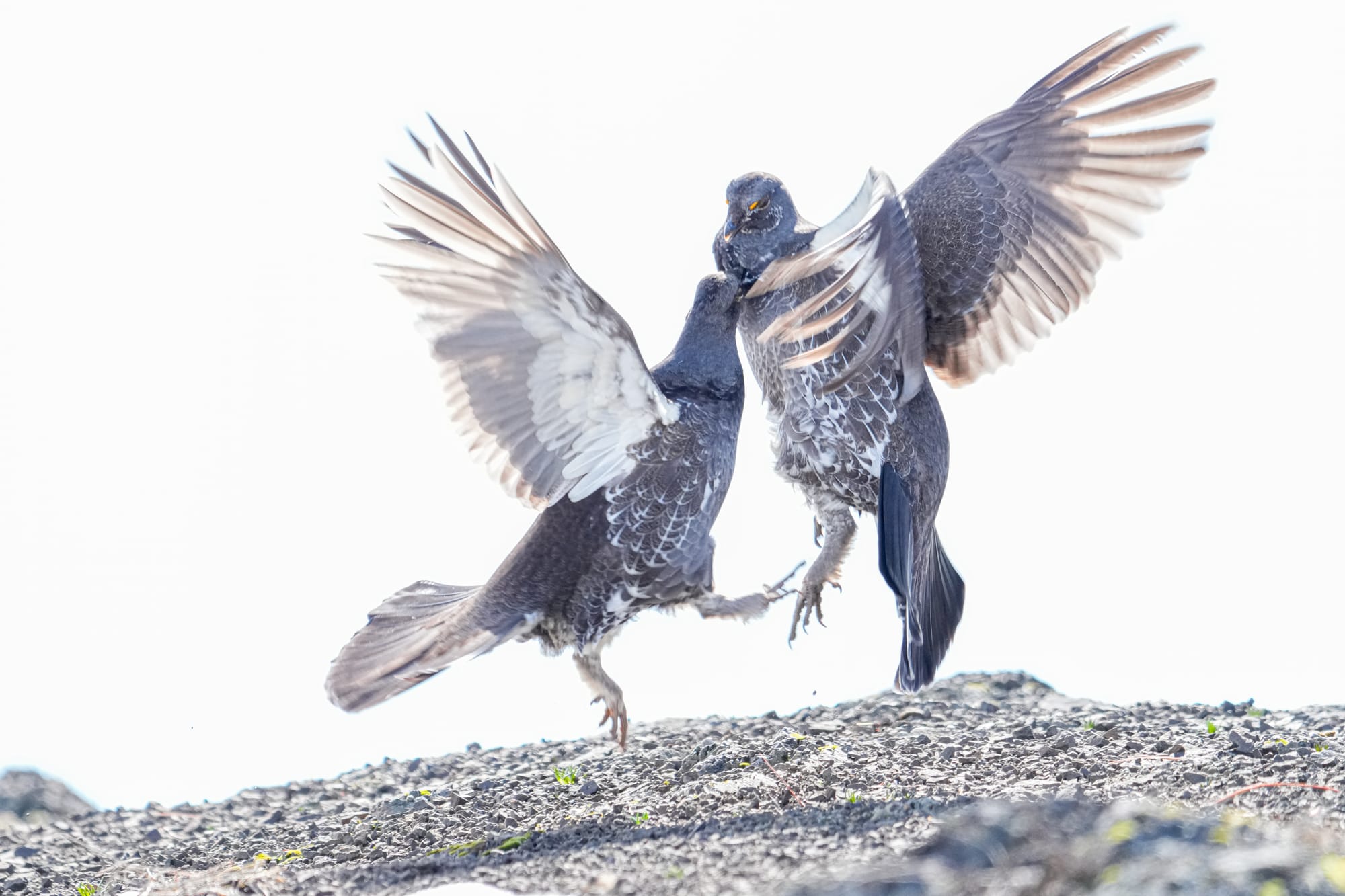
Other than a sunny day that was easily this year's warmest day yet, the week was mostly gray and overcast with bits of rain.
With muddy, turbulent waters rising in creeks and rivers, and catkins hanging heavy on trees (read my article about catkins here), you can't miss the fact that spring is in the air!
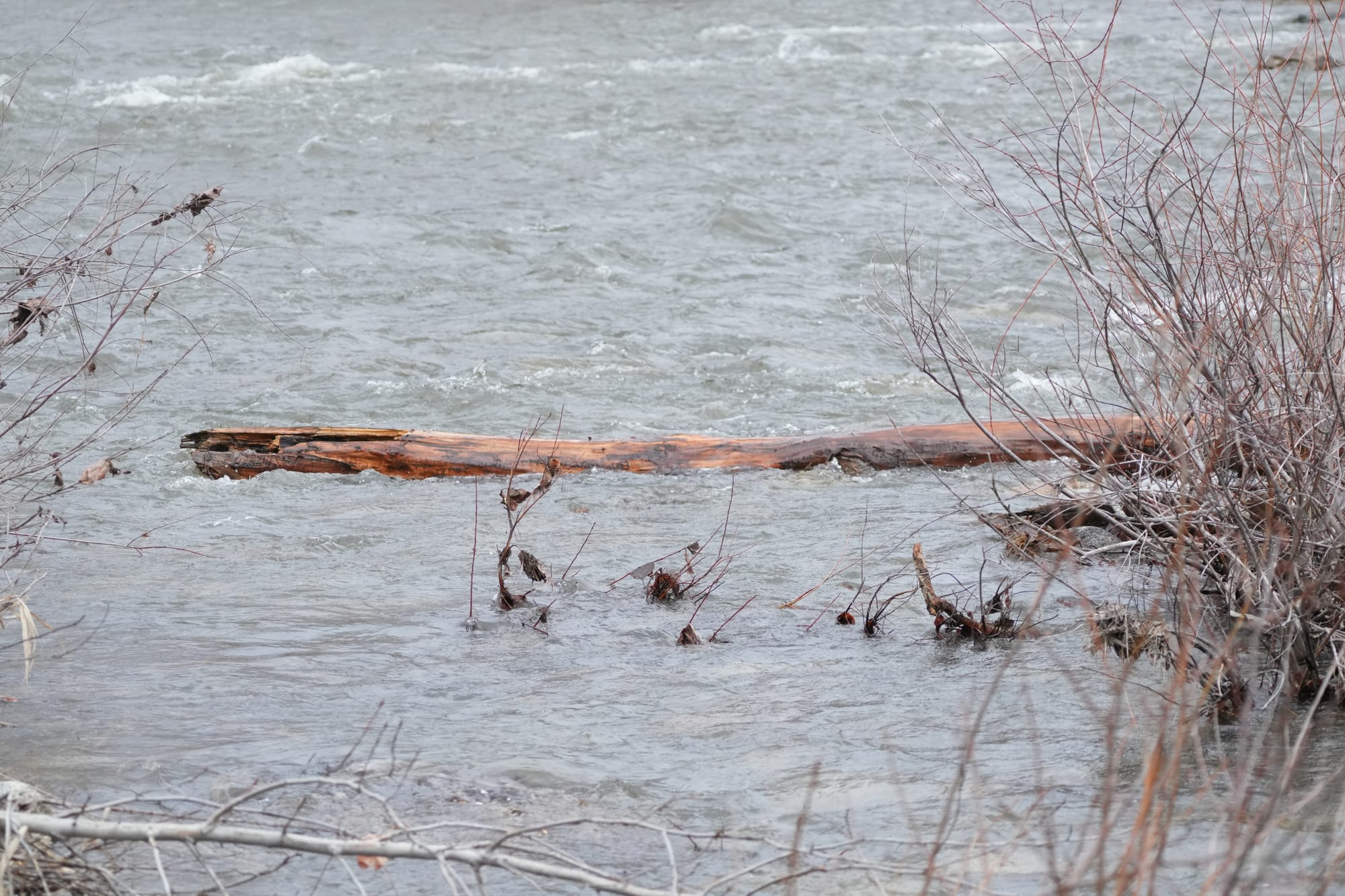
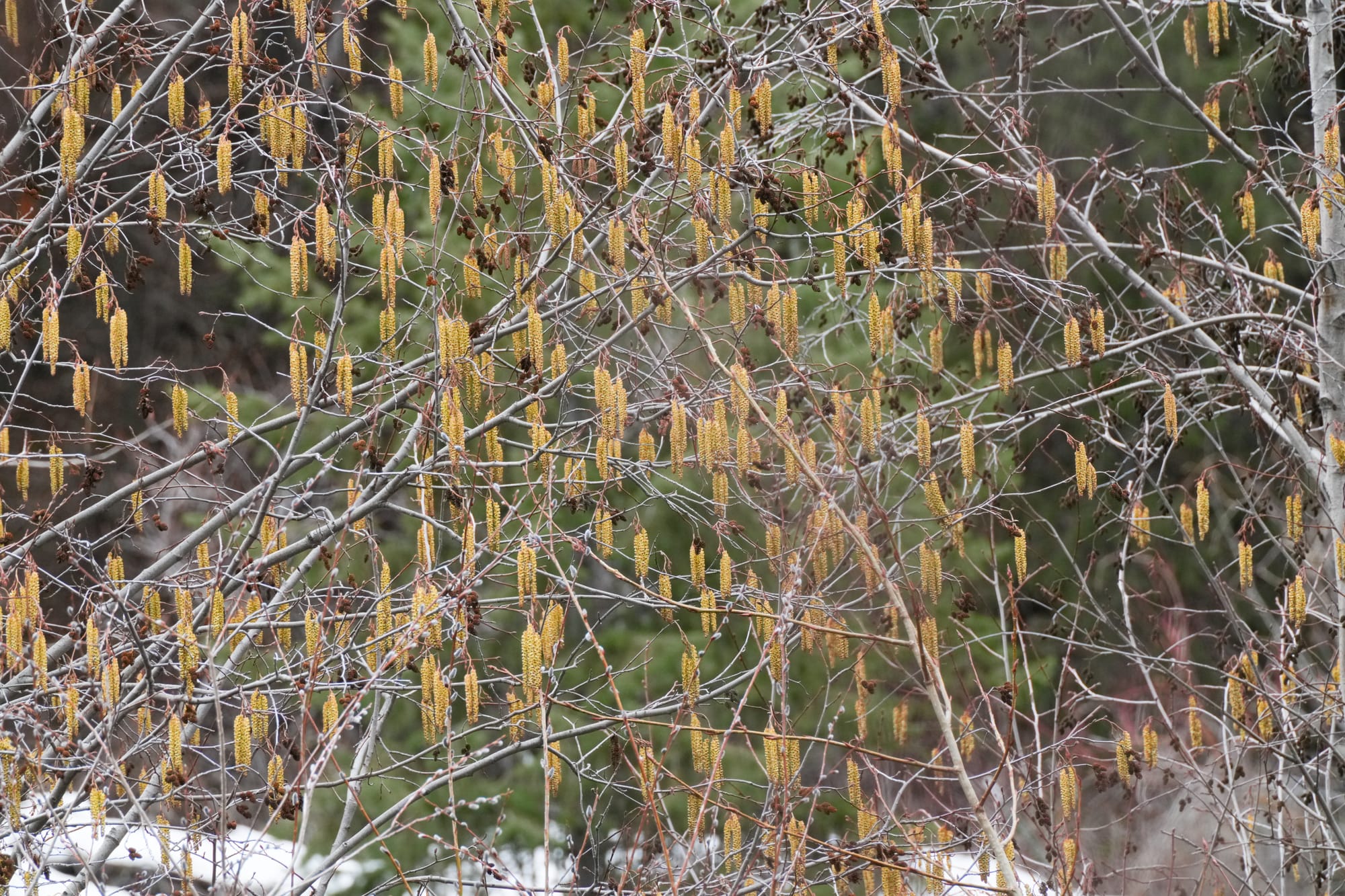
Spring is a season of "firsts"—the first bird songs, the first flowers, the first insects—and this week was no exception. However, the steadily overcast weather has muted the mood and slowed things down for the moment.
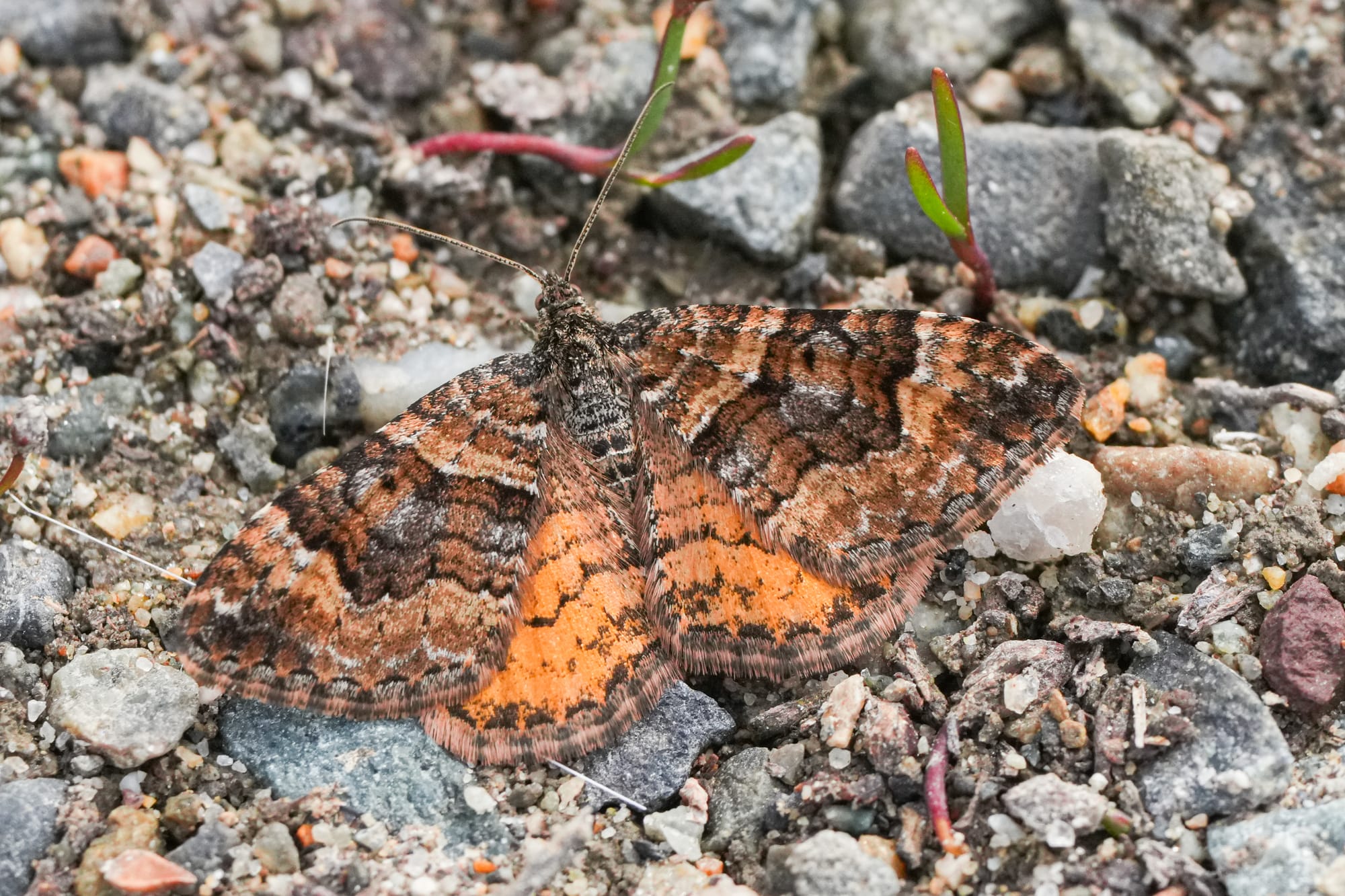
For instance, you'd be forgiven for not noticing that yellow bells are already blooming. They remain tucked away under shrubs and on cloudy days they are not very conspicuous, but they're out.
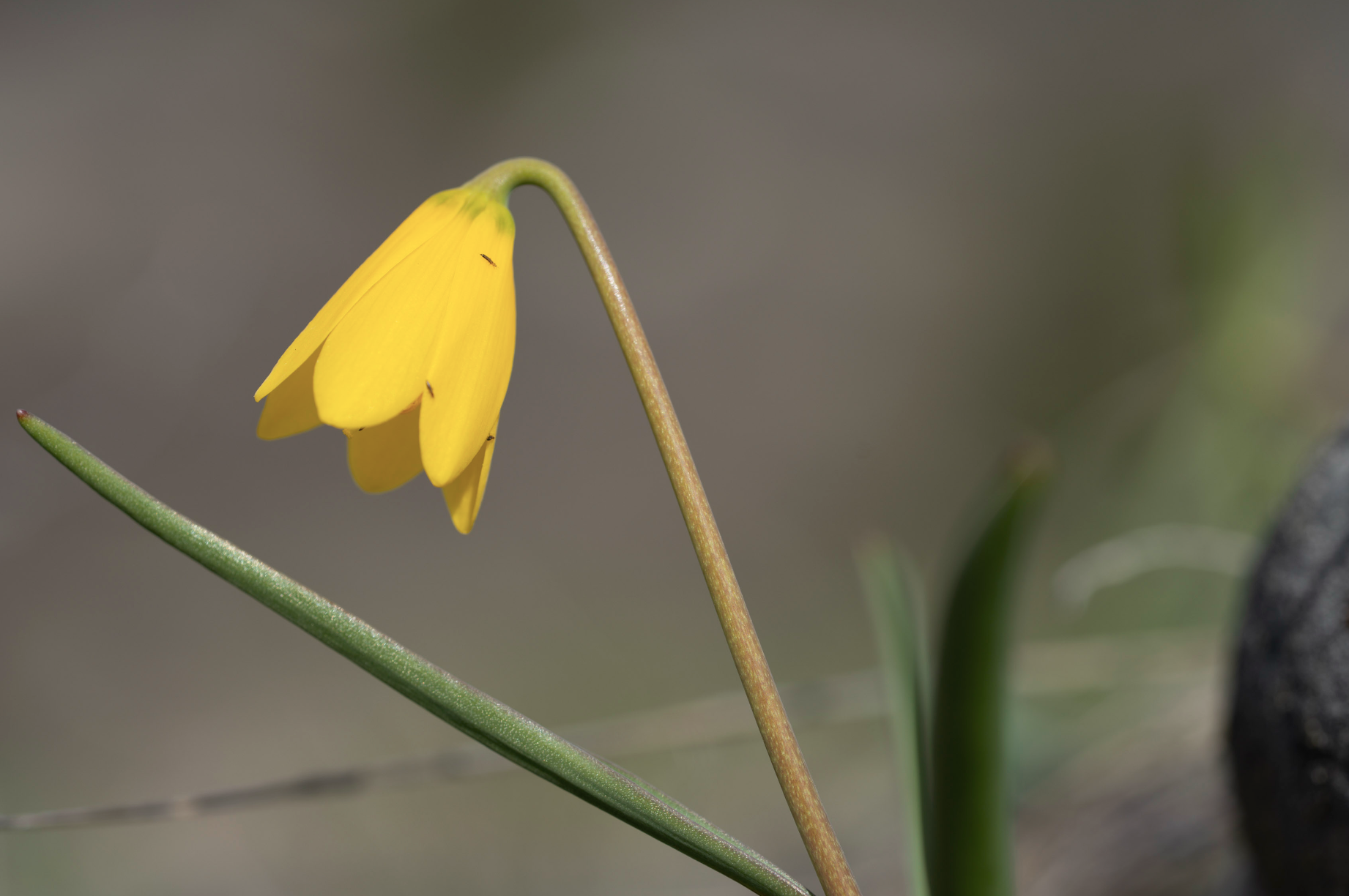
Insects are also waking up. A handful of flies and wasps are flying around, ant colonies have started clearing out their tunnels, and a few other insects are groggily emerging from their winter shelters and warming up in the sun. Surprisingly, butterflies still haven't been reported on the Nature Notes Facebook group, but at least a few butterflies must be flying by now!
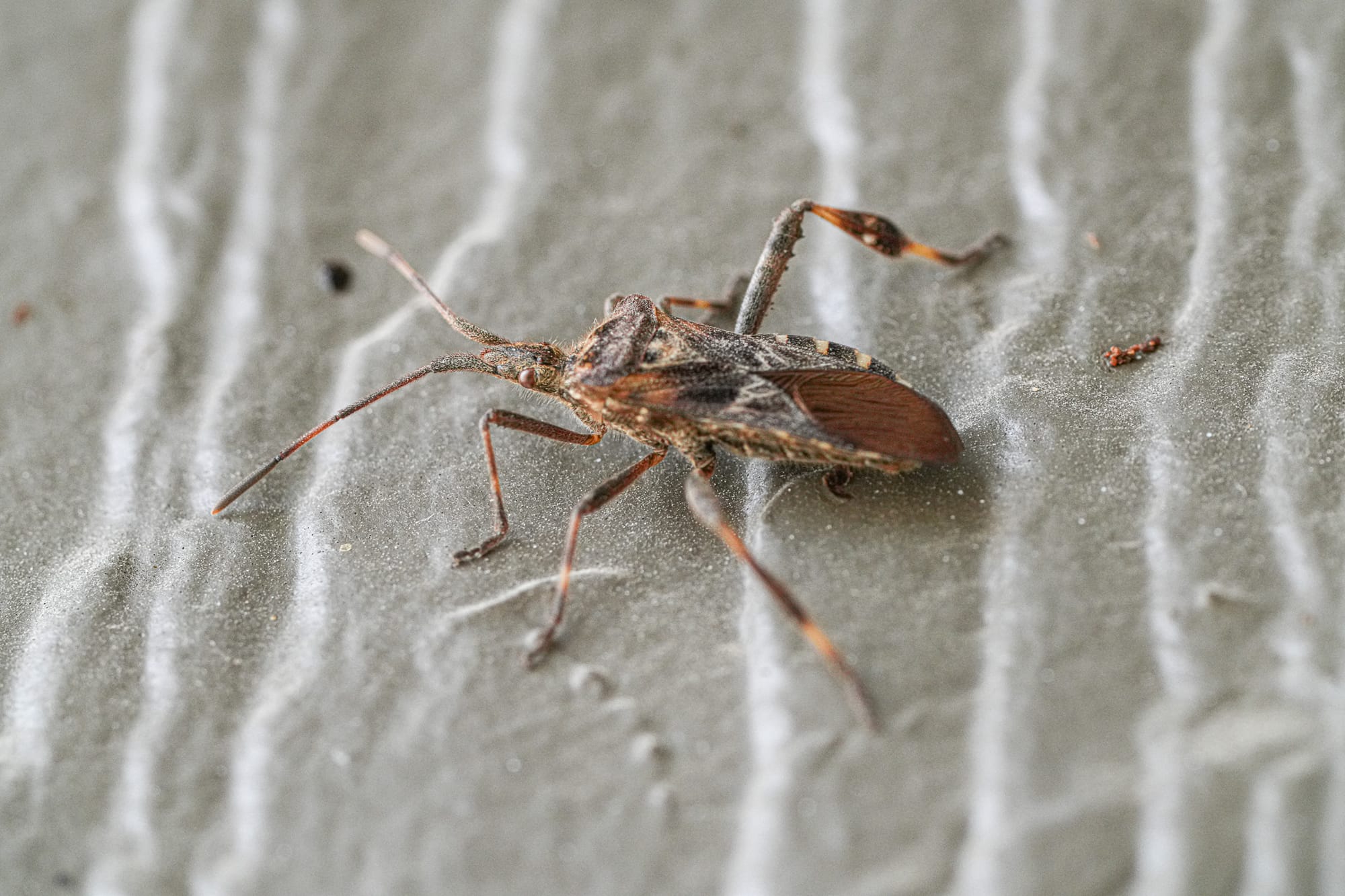
Bird numbers and behaviors are also changing, and migrating birds have begun trickling into the valley in small numbers, merely a hint of the great waves of birds heading our way at this very moment.
The first turkey vulture showed up on March 26, and I saw my first tree swallows on the 27th when a dozen birds swarmed our yard and started loudly arguing over the nest boxes. If I remember correctly, it's too early for tree swallows to nest because they need lots of flying insects to feed their babies, but they still claim nest boxes and then step aside and let bluebirds nest in the boxes first.
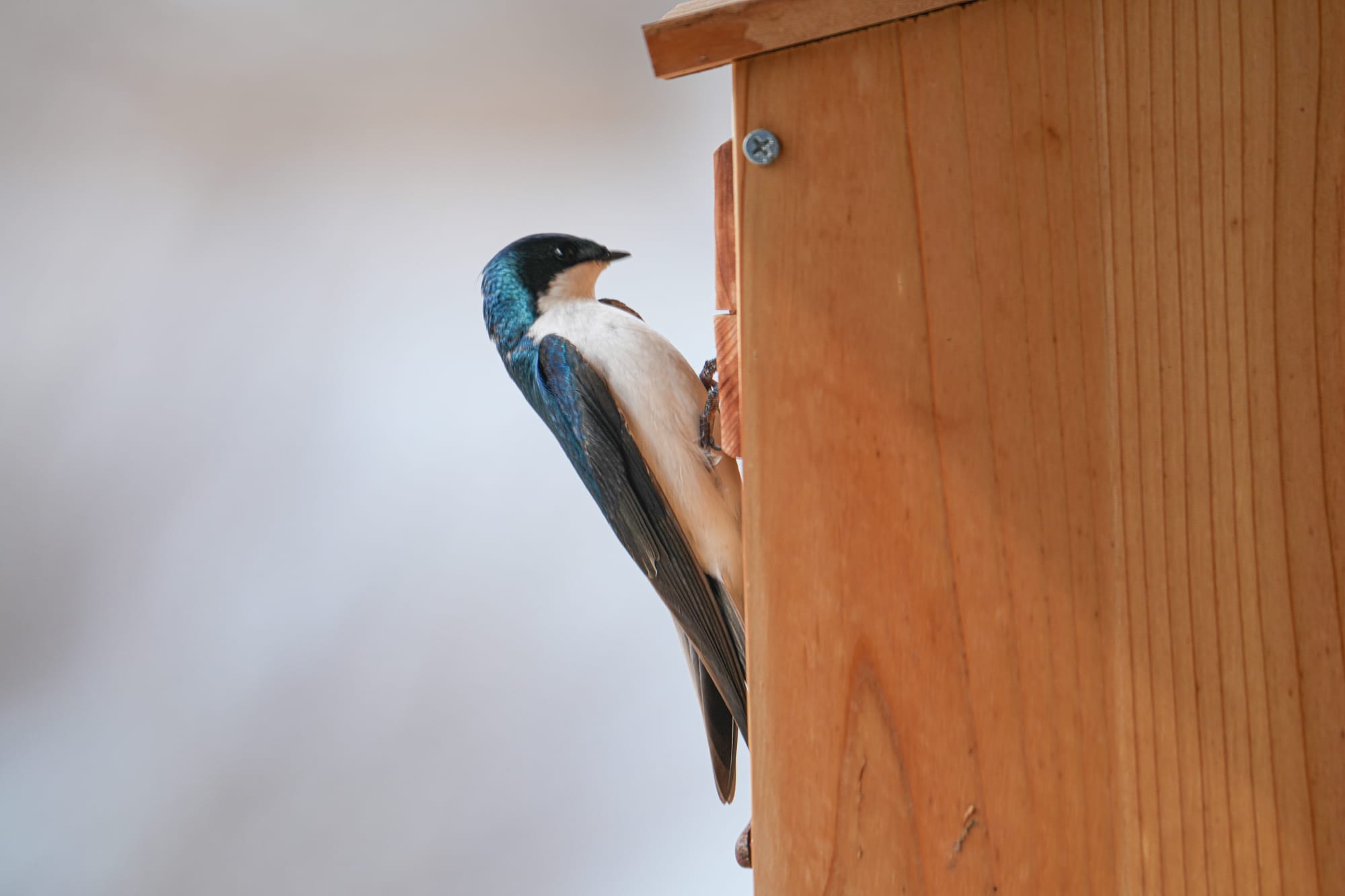
On the 28th I watched two pairs of American crows building well-hidden nests in ponderosa pines, while a pair of black-capped chickadees flew back and forth dropping beakfuls of wood fragments, song sparrows continuously chased each other in the undergrowth, and my first ruby-crowned kinglet was hunting down tiny insects among the alder catkins.
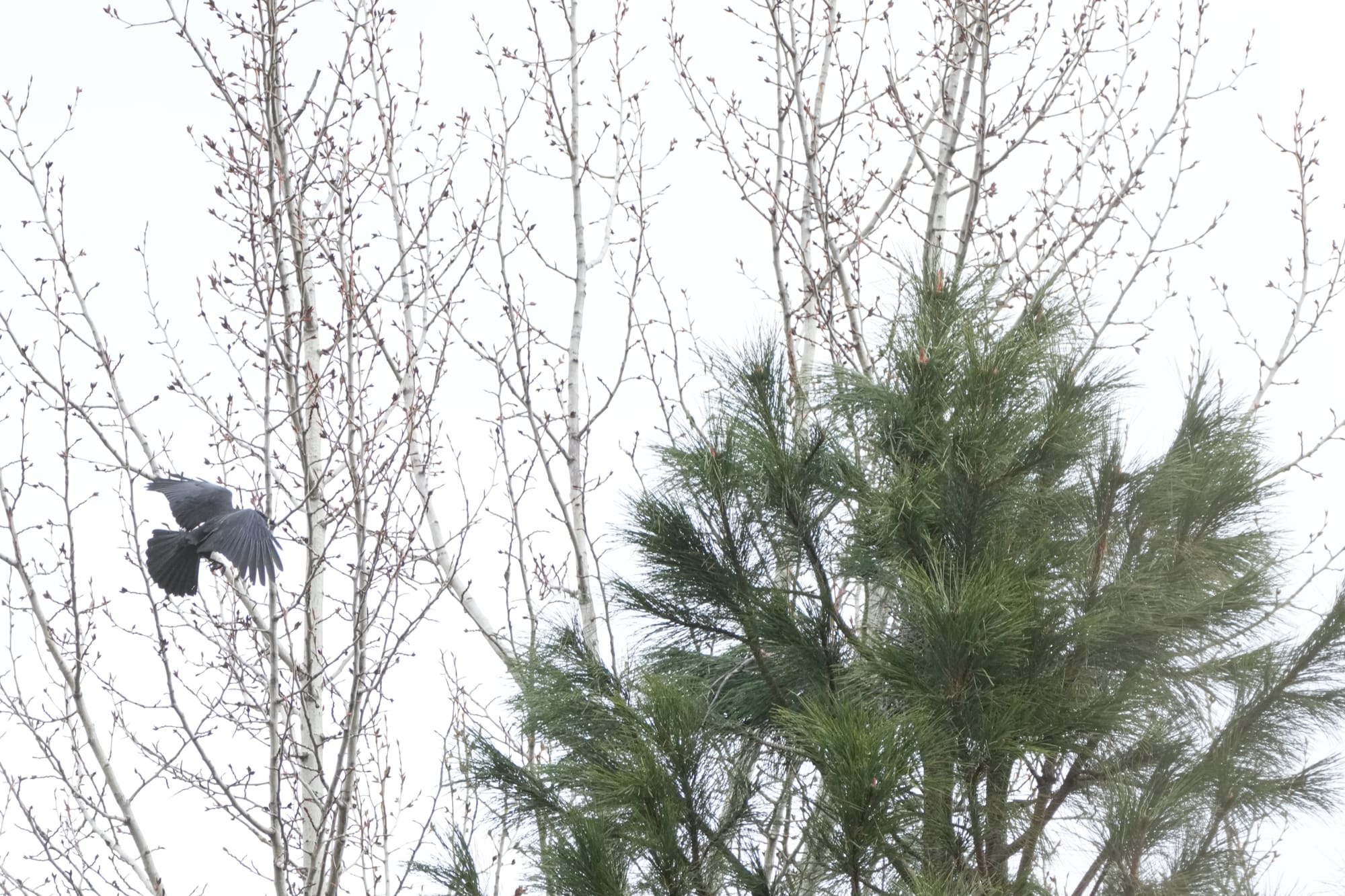
One of the biggest changes this week was the abrupt melting of lake ice. It's a subtle, slow-moving process and the best way to appreciate it is with a timelapse video. Each lake is on a slightly different schedule but Big Twin Lake completely melted on March 27 and the next day a large group of greater scaup, along with two male northern shovelers, showed up for the first time.
A snapshot of lake ice melting on March 27
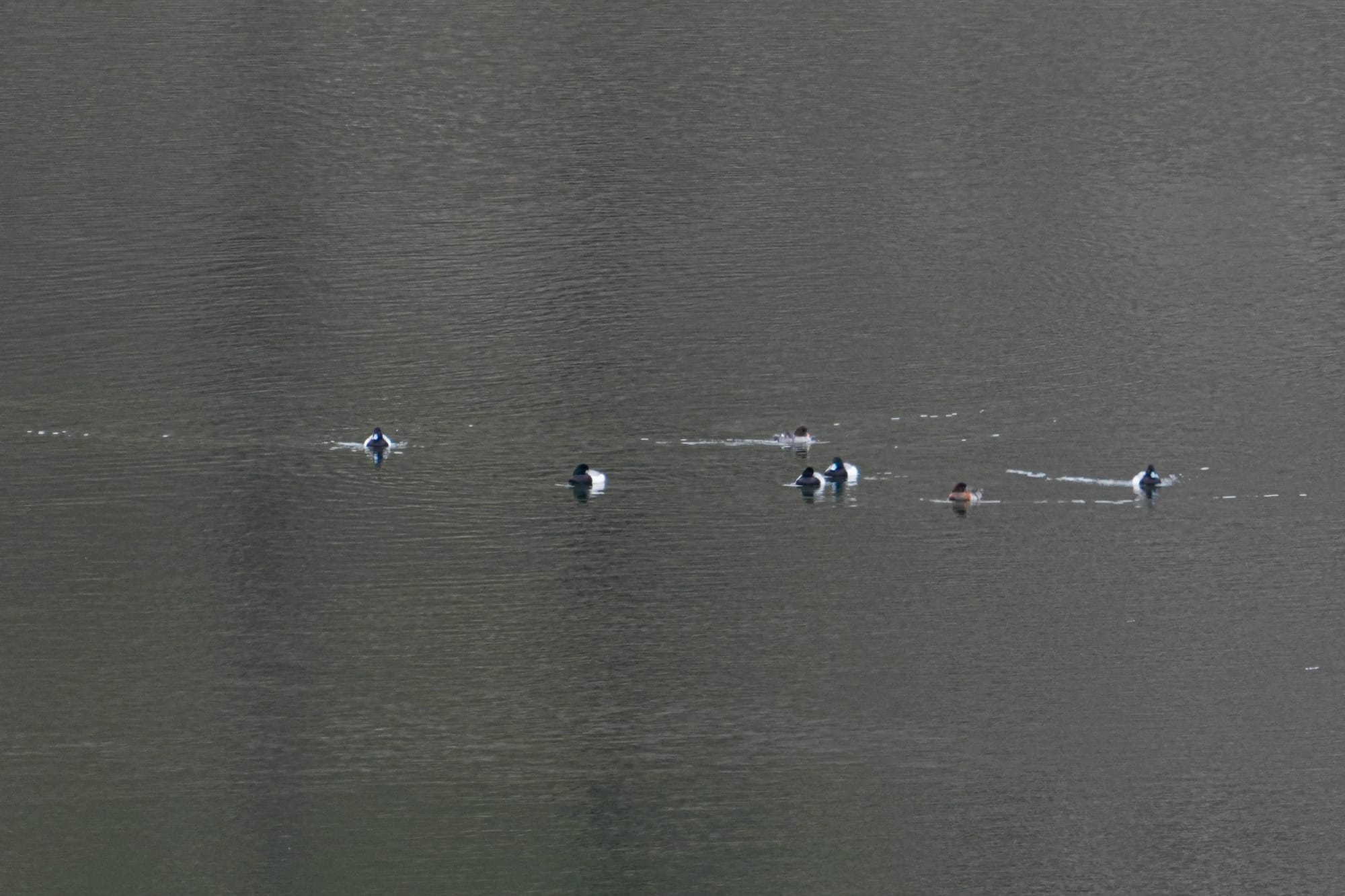
Observation of the Week: Fighting Dusky Grouse
It's usually relatively easy to find male dusky grouse in the spring because they sit in one spot and give their deep, resonant hoots for hours at a time. These vocal displays are so conspicuous that it had never occurred to me that earlier in the season, before they start calling, males also go through a period when they establish territorial boundaries and dominance hierarchies with bouts of ritualized combat.
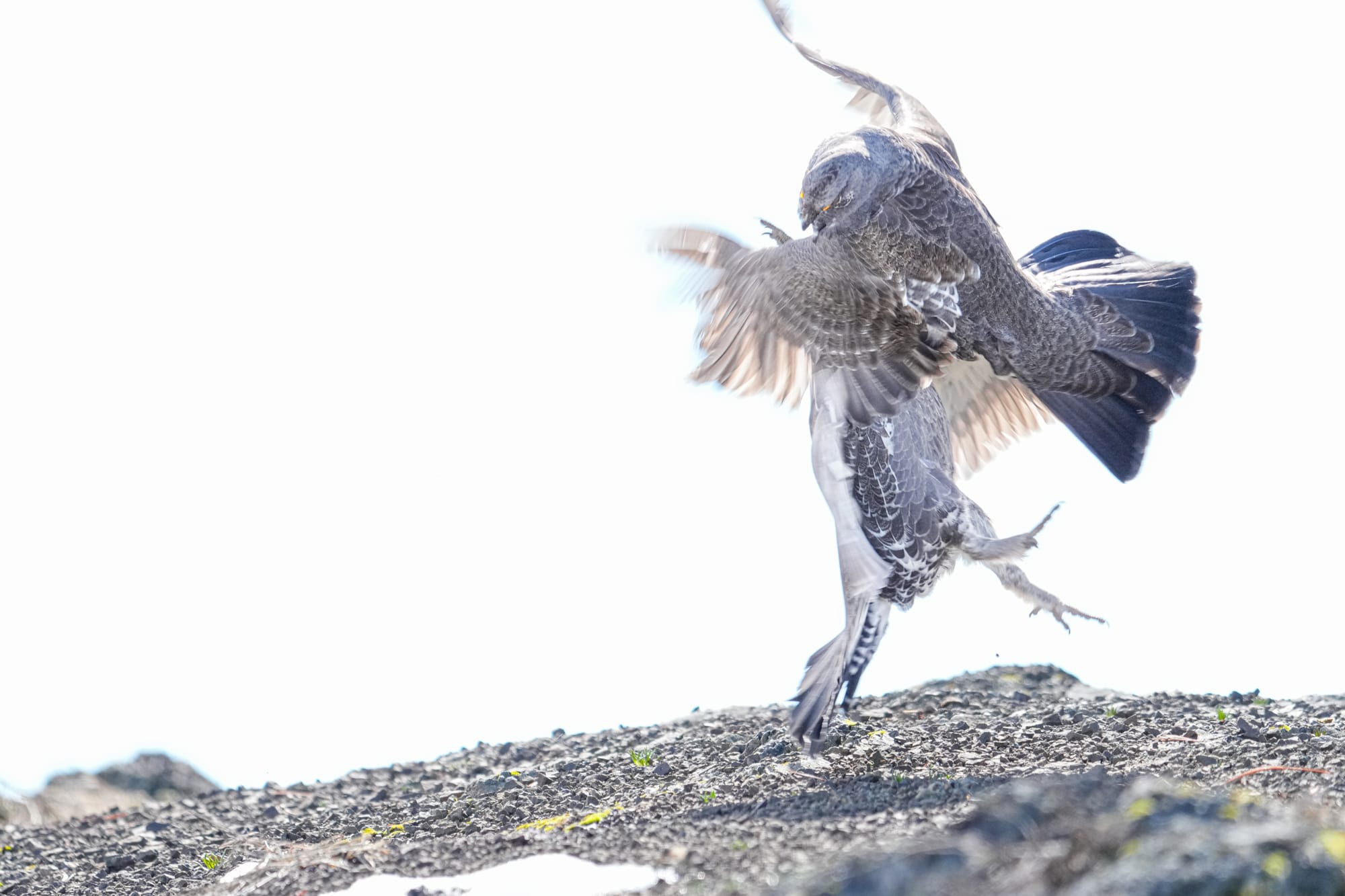
These behaviors are little described in the scientific literature because scientists usually focus on the hooting displays, but it seems like ritualized combat includes flutter-flights and calls that are described as a harsh ca-ca-ca.
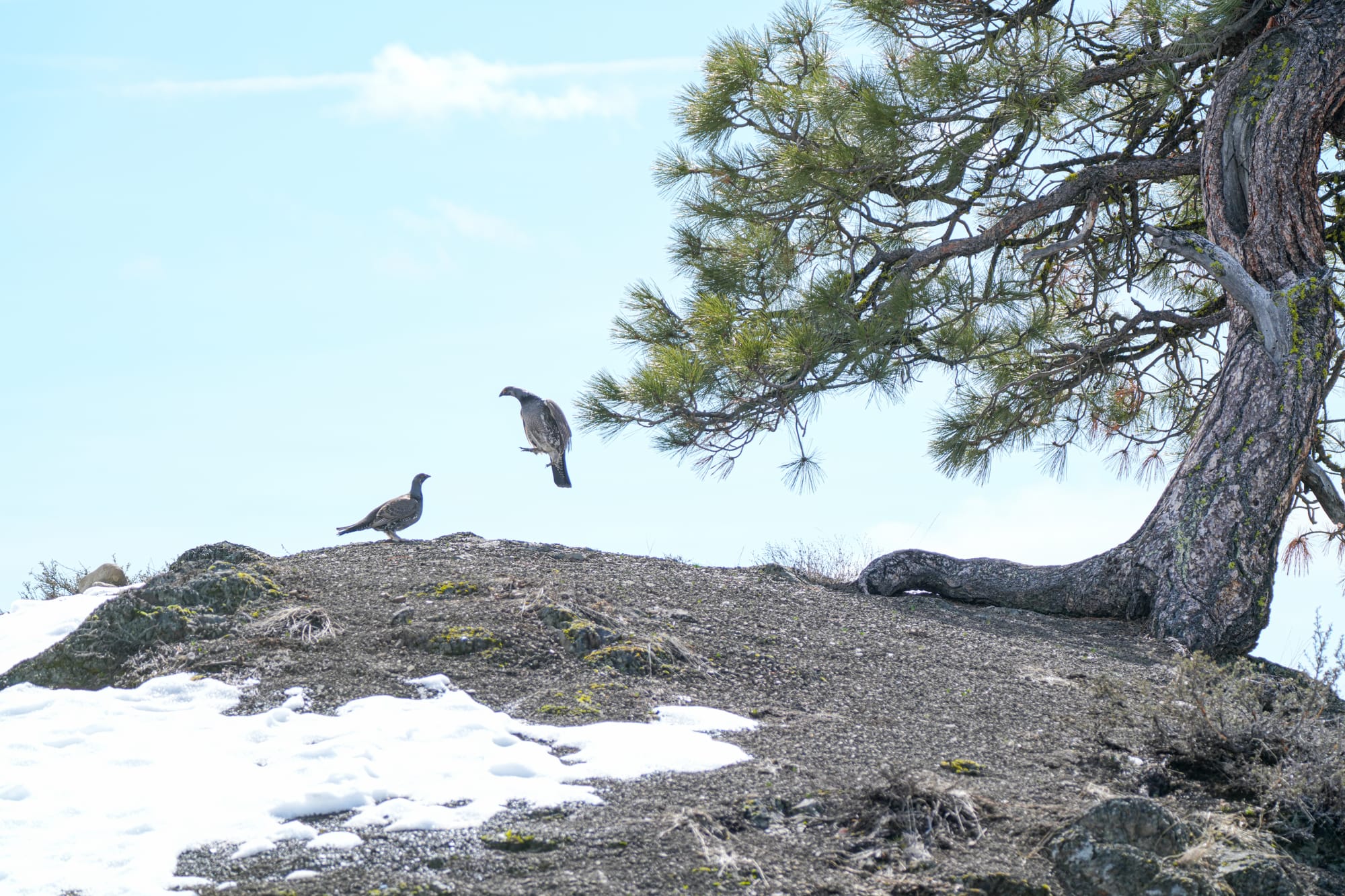
I had a chance to observe and film two males engaged in this behavior this week. Unfortunately, I didn't get audio of the interaction because someone was running a leaf-blower in the background but you can still see them calling and doing a flutter flight.
Short snippets of an hour-long interaction between these two dusky grouse.
It was difficult to tell if, or whether, one bird was dominant or triumphant in these interactions. For a while one bird stood on higher ground and appeared to be the aggressor, but then they circled each other and switched roles multiple times.
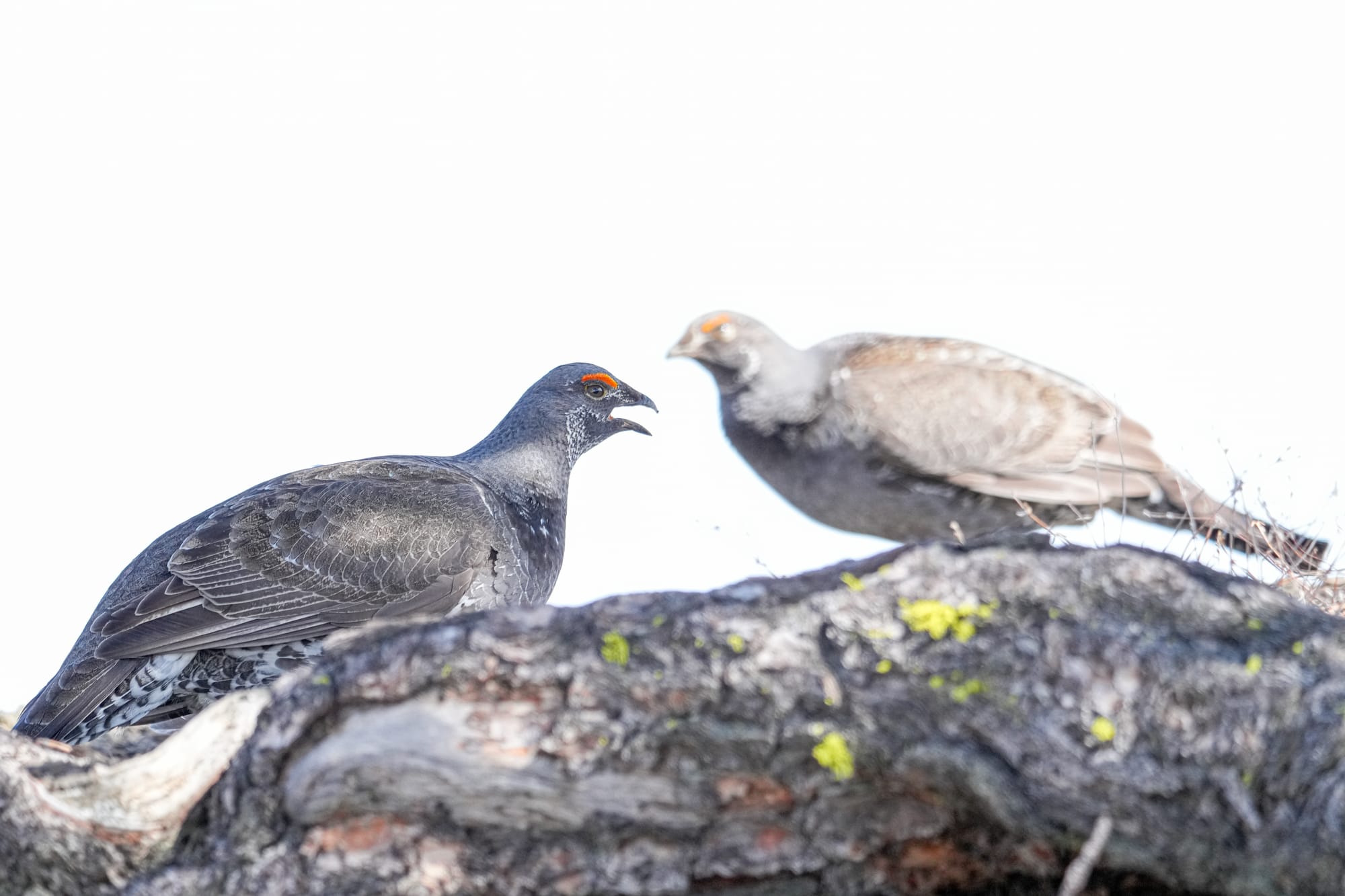
After about an hour of bobbing and calling with occasional lunges and leaps, they put their heads down and gradually drifted apart, moving on to the more important work of finding a mate. The story of our dusky grouse, and where they go in the winter, is a fascinating topic that I covered in detail a couple years ago.


